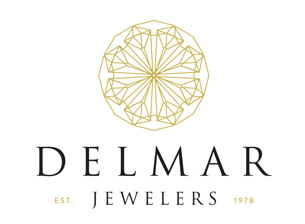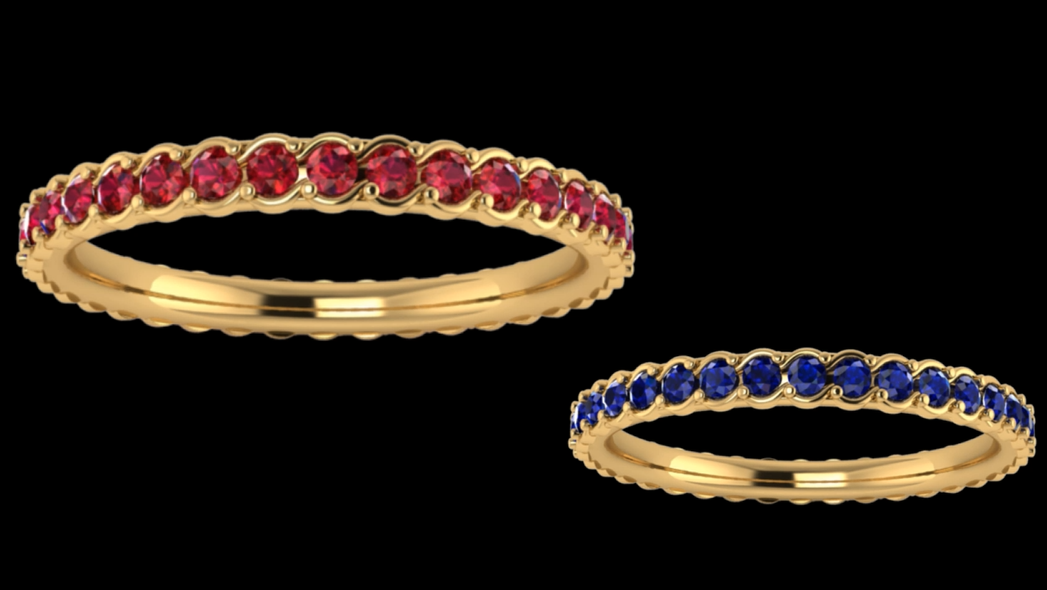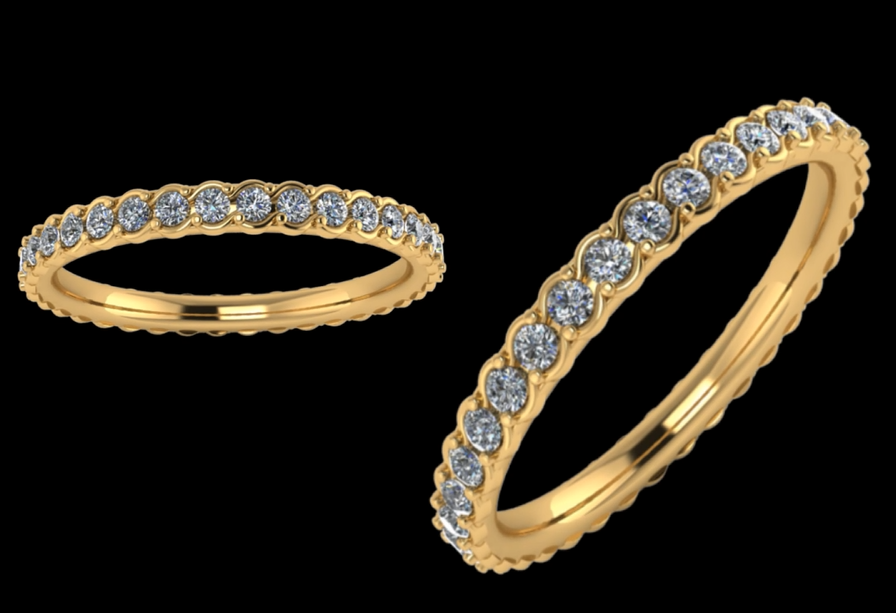23/05/2024 – Delmar jewelers
How AI will change jewelry design
AI is revolutionizing the landscape of business, rapidly generating images and concepts that once required months of painstaking effort. For businesses yet to embrace AI, the time for change is now, marking the dawn of the fifth industrial revolution.
Below, we explore key insights into how AI can revolutionize the jewelry design process.
1. Leveraging Consumer-Based Data for Innovative Designs
2. Embracing AI Imperfections as a source of Inspiration
3. Leverage the power of AI as a Creative Catalyst
Leveraging Consumer-Based Data for Innovative Designs
“Integrating AI with consumer data offers a novel approach to strategic product development for our diverse clientele.”
– Julie Gniwisch, CEO at Delmar Jewelers –
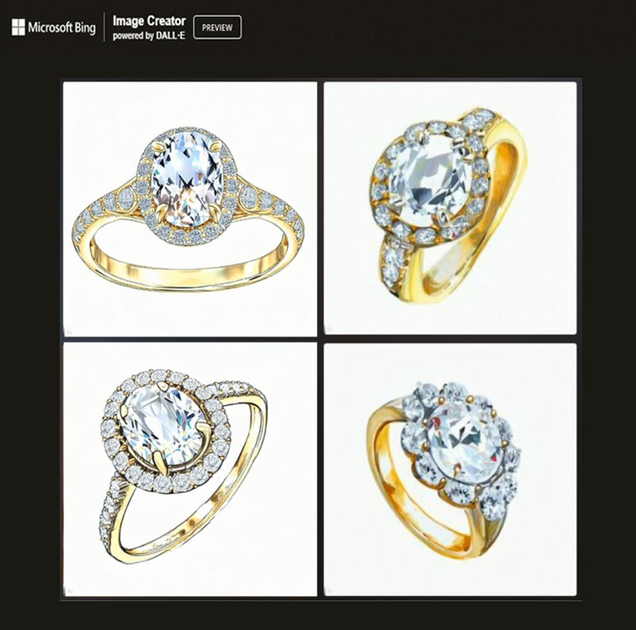
Julie Gniwisch, the head of Delmar Jewelers, highlights the transformative power of merging AI with consumer-based data:
“Integrating AI with consumer data offers a novel approach to strategic product development for our diverse clientele.”
In a recent design endeavor utilizing the image generator Dall-E, Delmar’s design director Steven Grotell drew upon insights gained from consumer data. Delmar’s team meticulously analyzed sales data to craft multiple core personas, including a mid-twenties woman from middle America seeking a Mother’s Day gift for her 50-year-old mother. By discerning prevalent ring styles purchased for Mother’s Day in this demographic, the team at Delmar formulated a strategic prompt:
“Sketch a gauche rendering of a diamond ring featuring a 1.00-carat oval white diamond with a halo of round white diamonds, set in 18k yellow gold, as a Mother’s Day gift for a 50-year-old mother of three residing in middle America.”
With Dall-E’s assistance, Steven seamlessly generated images tailored to this specific target audience. While anyone can prompt an AI, understanding the consumer base profoundly enhances the outcome.
Embracing AI Imperfections as a source of Inspiration
“I was captivated by a particular image and pondered, what about this inspires me? It was a subtle detail on the shank—an innovation hovering between bezel and prong settings, a concept I would have never conceived. While its realization may pose challenges, its inspiration was undeniable.”
-Steven Grotell, Design Director at Delmar Jewelers-
The current limitation of AI lies in its output, which often falls short of being a tangible, real-world product. Despite advancements, validation by an experienced designer to ensure durability and feasibility is needed. Despite AI’s current limitations in material realization, Steven was inspired by the AI’s output:
“I was captivated by a particular image and pondered, what about this inspires me? It was a subtle detail on the shank—an innovation hovering between bezel and prong settings, a concept I would have never conceived. While its realization may pose challenges, its inspiration was undeniable.”
Inspired by this insight, Steven created a decorative element that combines a prong and a bezel setting. This beautifully feminine and flowing detail resonates with the target demographic, appealing to women seeking the perfect Mother’s Day gift.
“I would have not come up with this on my own, had I not seen this first”, Steven said.
After the digital design process, the digital blueprints were transformed into 3D printed models to determine the validity of the design and the probability of them working.

After the initial design process, Delmar turned the digital blueprints into 3D models to test their feasibility. Currently, this is done manually, but multinational corporation and technology company NVIDIA in collaboration with Shutterstock has introduced an AI that converts images into CAD-ready drawings in seconds. Though still in its early stages, this technology promises to revolutionize design and manufacturing.
Below, see images of the final collection, inspired by AI, and manually 3D rendered.
Leverage the power of AI as a Creative Catalyst
Steven envisions AI as a modern sketchbook, facilitating composition, manipulation, and inspiration for both himself and the production team. AI symbolizes the fusion of technology and artisanal craftsmanship, transcending the bounds of imagination.
When using AI in the design process, it’s crucial not to be distracted by flashy images. Steven suggests ignoring unrealistic digital designs and focusing on what inspires you in the AI image. This is where a designer’s vision truly matters.
“AI creates happy accidents, and it’s my job to find them. It’s about where you get your inspiration from. I used to get inspired by random images in movies, catalogs, and books; now I can use AI.”
-Steven Grotell, Design Director at Delmar Jewelers-
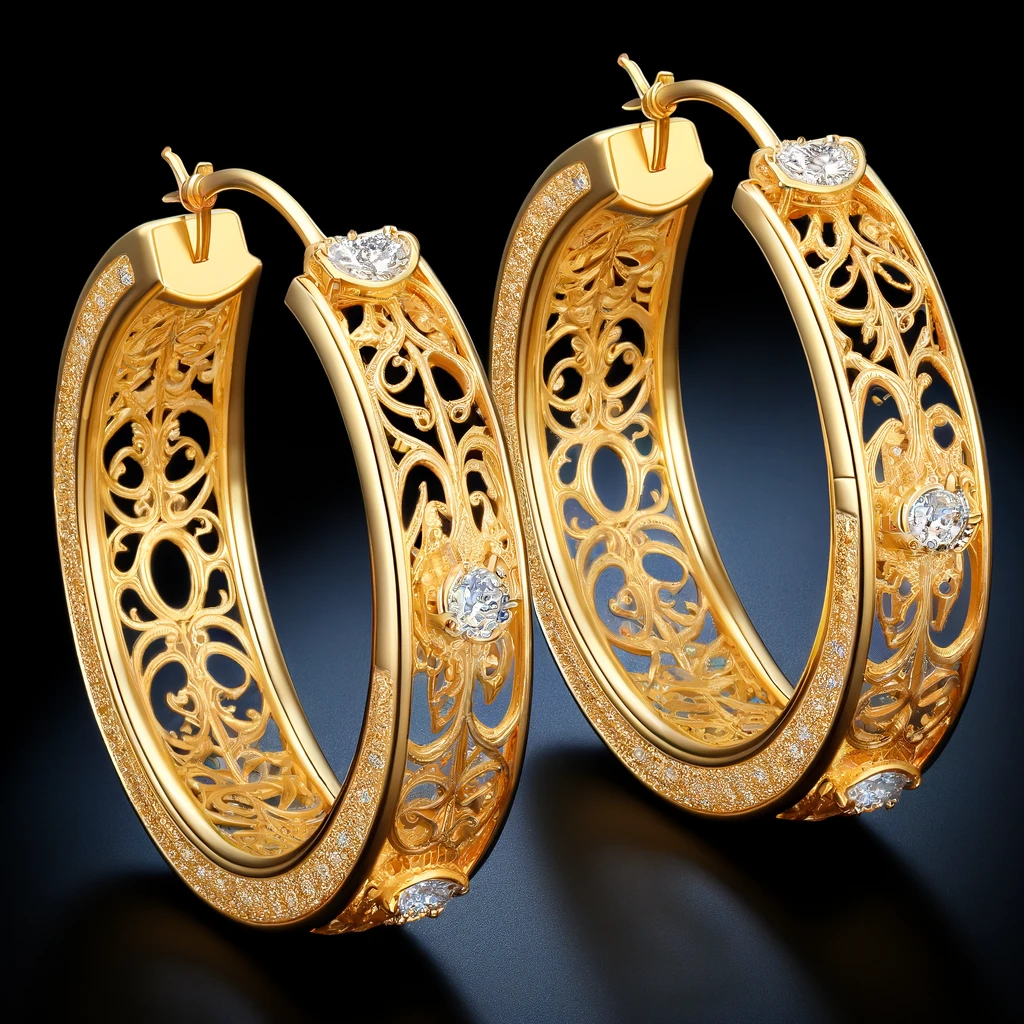

Take the earrings on the left, for example. Dall-E (Chat GPT-4) created these based on the prompt to design earrings for a “mother of three in South America.” While the image isn’t perfect, focusing on the outer texture instead of the distracting interior reveals an inspiring element. The ring on the right is a result of Midjourney, with a prompt to design for Caitriona Balfe, starring in the movie “Belfast.” Though the design isn’t flawless, the heart detail on the side in the Celtic look could inspire an entire new collection.
“While AI will not supplant human creativity or collaborative ideation in product development, it offers an exhilarating new avenue in the creative process.”
-Pinny Gniwisch, President at Delmar Jewelers-
In conclusion, AI heralds a new era of innovation in jewelry design, harnessing consumer insights and sparking creative ingenuity to redefine industry standards. As companies adopt AI as a powerful tool, there are endless possibilities for new ideas, pushing the industry toward exciting new levels of creativity and skill.
